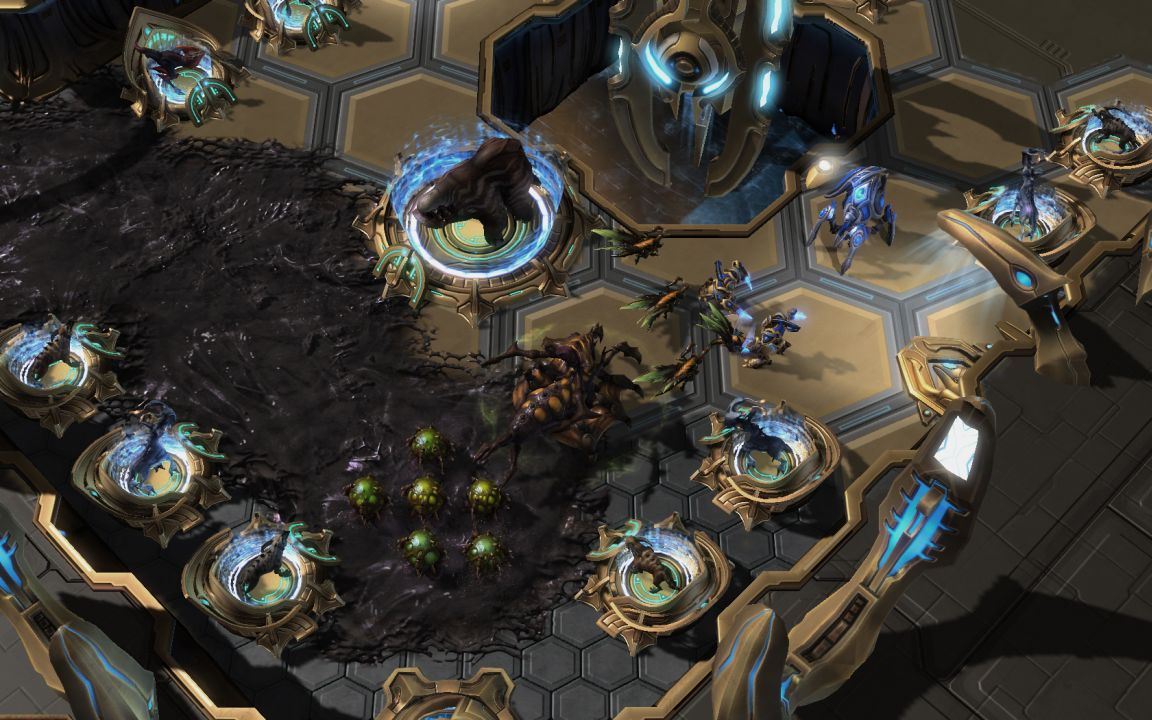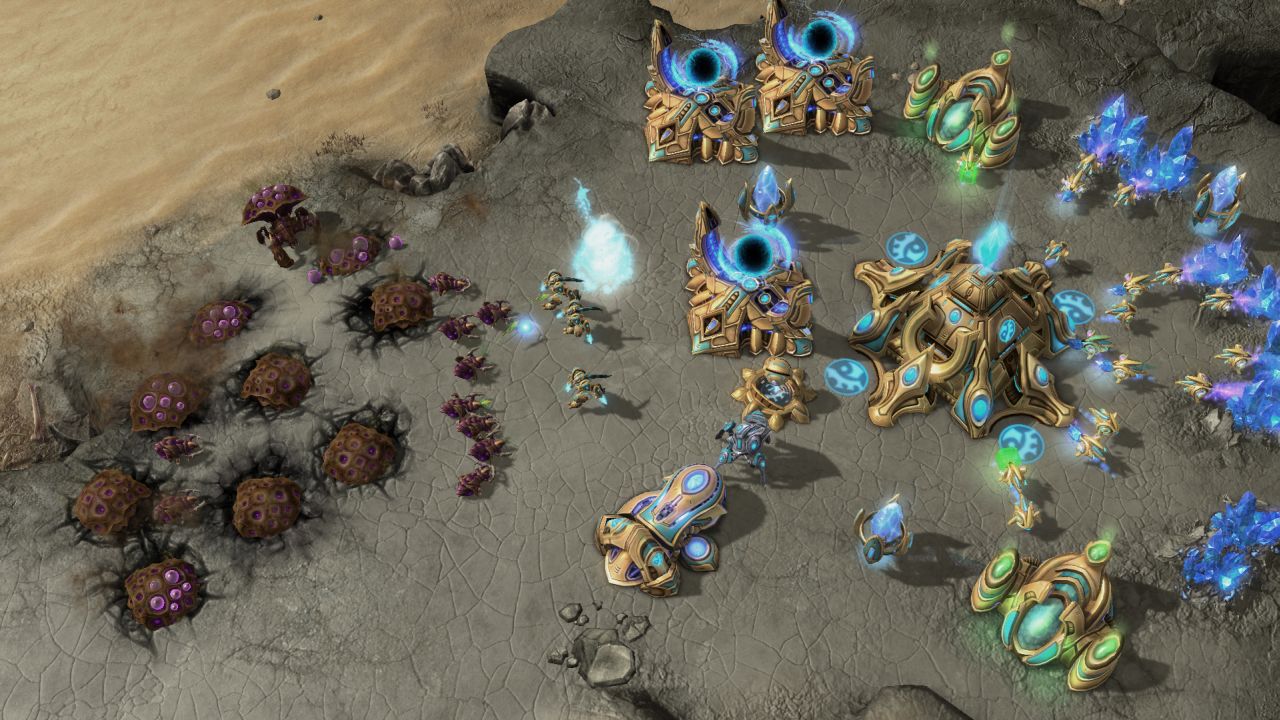StarCraft 2: Heart of the Swarm Review
Each iconic race gets an energizing upgrade in this first expansion for an industry leader
On top of this, Blizzard has simplified some of the upgrade routes for the older mechanics: Siege Tanks no longer require a separate research time for their special mode, and the same goes for the hallucination ability on Sentries. Zerg can now research burrow faster, and Reapers have finally found a use by receiving a health regeneration and faster movement speed. The result of all these changes is that each of the three iconic races in StarCraft has been given a fat and juicy Christmas present, and each can come to the battlefield smugly thinking that their new abilities will win them the day. This, more than anything else, is what makes Heart of the Swarm such a successful expansion, and a model for others to emulate. The multiplayer aspect is unquestionably the strongest part of the StarCraft series, and for good reason: Blizzard is known for releasing update after update, making heavy use of public test servers, and even designing whole mechanics and units which, if they don’t fit, don’t end up in the final game. This is what makes their product such high quality: a lesser studio would simply toss in the ill-fitting units and nerf whatever seemed too powerful.

But what about the single player side of the expansion? Story wise, Heart of the Swarm picks up exactly where Wings of Liberty left off, now focusing around Sarah Kerrigan as the game’s main protagonist. While the game progresses, Kerrigan slowly builds up her own personal swarm, expanding her powers and abilities as she plots revenge against the evil emperor and long-time StarCraft bad guy Arcturus Mengsk. Heart of the Swarm follows cleanly and beautifully in the footsteps of Wings of Liberty as far as its excellent level design goes. Missions slowly ramp up in complexity, adding a single new unit in each level, and usually tailoring the challenges nicely so they show off the unit’s unique abilities. There was even a level whose main ‘ability’ was spawning creep, which might sound boring, but turns out to be an engaging and fun mechanic.
Rarely a level might feel a little too familiar, especially if it mirrors a good experience from Wings of Liberty but even these are very well crafted, and Blizzard more than makes up for this by slipping in some truly brilliant gameplay at times (particularly a fun and entertaining Terran ‘cameo mission’, which I won’t spoil here). As in Wings of Liberty, the game also allows special upgrades and unit variants not available in multiplayer. More importantly, since so many of the campaign’s levels focus around the use of Kerrigan as a hero unit, Kerrigan herself can be upgraded with delightful new powers and abilities. The one aspect of this which is a bit of a disappointment is that, for both the unit upgrades and the Kerrigan upgrades, all changes can be switched out or undone between levels. On paper this sounds like it gives the player more options to tinker with, and while that’s true, it also robs the choices of any meaning, and makes the game lose replay value. Still, there are also special unit variants which are irreversible, so Blizzard has wisely kept this philosophy from being taken too far.

These unit variants are introduced via simplified ‘evolution missions’ where the player has a chance to make a single attack or two using the new unit abilities. These missions were a bit of a mixed bag: on the one hand, it’s a real pleasure to be able to try out a new ability before committing to it (and it’s a good idea to apply this specifically on the irreversible upgrades). On the other hand, at times the missions felt like a chore to get out of the way in order to enjoy the upgrade, as they pose no real challenge, and serve mostly as five minutes of basic training. An option to skip these missions might have been put to good use.
 Comments
Comments



















